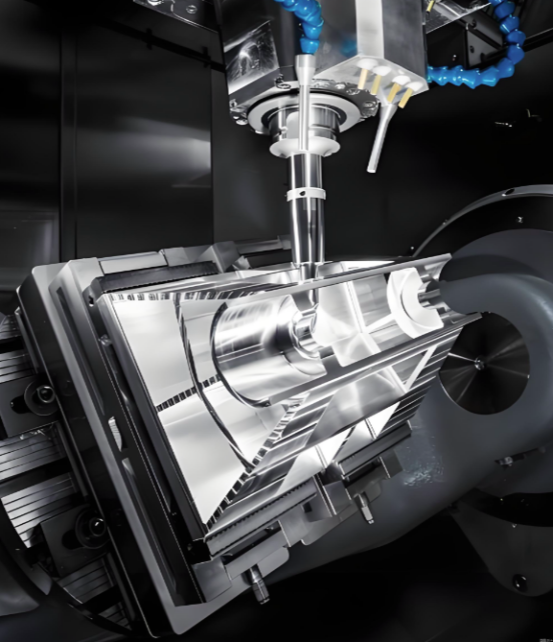65Mn is a Chinese standard low-alloy, high-carbon manganese spring steel. Its key characteristics are:
- Good Hardness and Strength: After heat treatment, it can achieve high strength and good elastic limit.
- Excellent Wear Resistance: Its hardened surface resists abrasion well.
- Moderate Quench Hardenability: Manganese improves the depth to which it can be hardened.
- Cost-Effectiveness: It’s cheaper than many alloy steels with similar performance.
The “different conditions” primarily refer to its heat treatment state, which directly dictates its final microstructure and mechanical properties.
Detailed Breakdown of Applications by Condition
- Annealed State (Soft Condition)
In this state, 65Mn is supplied to factories to facilitate manufacturing.
1.1 Properties: Low hardness, high ductility.
1.2 Applications:
- Blanks and Pre-forms: Sheets, strips, or bars are cut and shaped into the desired form (e.g., a blank for a circular saw blade or a lock washer) before the final heat treatment.
- Machining: Parts that require significant cutting, drilling, or stamping are processed in this soft state to reduce tool wear.
- Quenched and Tempered (Spring Condition)
This is the standard treatment to achieve the classic spring properties of 65Mn. The part is heated, quenched in oil to form a hard but brittle martensite structure, and then tempered (typically between 400°C – 500°C) to regain toughness and elasticity.
2.1. Properties: High yield strength, good fatigue resistance, excellent elasticity.
2.2. Applications:
- Helical Springs: Used in automotive suspensions, clutches, and various industrial machinery.
- Leaf Springs: Especially for lighter vehicles and industrial equipment.
- Disc Springs (Belleville Washers): For high-load, space-constrained applications like bolted joints and valves.
- Torsion Bars: In vehicle suspensions.
- Lock Washers and Snap Rings: Where spring action is needed to prevent loosening.
- Oil-Quenched and Low-Tempered (High-Hardness / Cutting Condition)
Here, the steel is quenched and then tempered at a lower temperature (150°C – 250°C). This results in very high hardness but sacrifices some toughness.
3.1. Properties: High hardness (55-62 HRC), excellent wear resistance, but more brittle.
3.2. Applications:
- Hand Tools: Wood chisels, scrapers, and certain types of wrenches.
- Saw Blades: For cutting wood, plastics, and non-ferrous metals.
- Agricultural Knives: Blades for combine harvesters and mower conditioners.
- Machine Parts: Guides, wear plates, and scraper blades in conveyor systems.
- Isothermal Quenched (Advanced Condition)
This is a more controlled heat treatment where the steel is quenched into a salt bath or fluidized bed at a temperature just above the martensite start point and held, allowing a transformation to bainite. This process is often used for higher-performance applications.
4.1. Properties: Superior combination of strength, toughness, and wear resistance compared to standard Q&T. It also results in much less distortion and quench cracking.
4.2. Applications:
- High-Performance Saw Blades: For cutting difficult materials where tooth breakage is a concern.
- Security Razor Blades: Requires a fine, sharp, and durable edge.
- Heavy-Duty Agricultural Disc Blades: Where impact resistance is as important as wear resistance.
- Pneumatic Tool Parts: Subject to impact and abrasion.
- Surface-Hardened Condition (e.g., Boronizing or Nitriding)
In this case, the bulk of the part is in a Quenched & Tempered state, but its surface is chemically altered to be extremely hard.
5.1. Properties: A very hard, wear-resistant surface (can exceed 1500 HV for boronizing) combined with a tough, shock-absorbing core.
5.2. Applications:
- Textile Machinery Components: Guides, needles, and heddles that experience constant friction from fibers.
- Engine and Pump Components: Plungers, injector parts where scuffing resistance is critical.
- Molds and Dies: For plastic injection molding or die-casting where wear is a primary failure mode.
In summary, 65Mn is a versatile and cost-effective steel whose application is defined by its heat treatment. By selecting the appropriate thermal process, it can be optimized for roles ranging from a resilient spring to a hard, sharp cutting blade or an extremely wear-resistant machine component.

